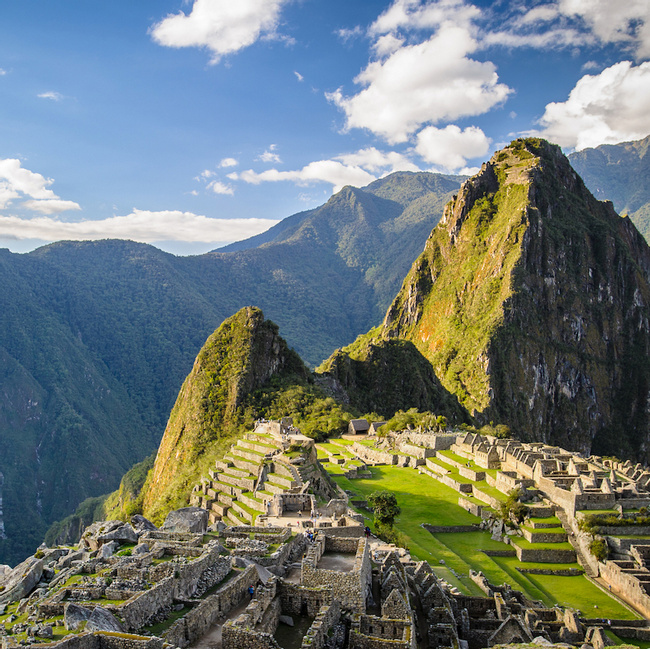- Travel Guides
Weather in Peru
Peru’s weather is complex but can be broken up into three main climatic zones — the Andes and highlands; the dry coastal areas; and the tropical Amazon jungle. The weather varies in each place and fluctuates throughout the year. Peru’s weather is primarily a result of the Andes, the Humboldt Current, and the northwest jet stream.

The reason Peru is capable of having such varied climates is due to the country's altitude. Shifts in elevation impact the weather of the surrounding area. This makes the best time to visit Peru debatable, because the warmest or driest time of year varies by region, not necessarily by season. When it comes to weather alone:
The Andes are beautiful but can be chilly year-round. Average daily temperatures may hover around 50°F (10°C) and fall below freezing overnight. The dry season in the Andes and Andean plateau lasts from June to August. The rainy season lasts from December to March.
In the Amazon jungle, it can rain at any point in the year; however, the rain typically only lasts for a few hours. This moisture helps sustain the Amazon’s cloud forests. The rainiest time of the year occurs between December and April. The driest months in the Amazon tend to be from June to September. During the heart of the rainy season, the Amazon River can rise 23–45 feet (7–14 m)! It’s no wonder that so many locals live in houses raised above the ground on stilts.
Along Peru’s dry coastal region, the hottest months are from December through March. These areas don’t see much moisture, but it does lightly rain sometimes. From April to November, cities near the Pacific Coast are often covered with fog and mist known locally as garúa. This happens as cold coastal air from the Humboldt Current gets trapped beneath warmer air at higher elevations, forming a fog that blankets the coast and nearby cities.
El Niño happens about every seven years as a result of changing water temperatures in the Pacific Ocean. El Niño has strong effects in Peru and often contributes to heavy rains and floods along the coast. Drought can occur in tropical areas and in some parts of the Andes.
However, Peru is a wonderful country to visit anytime of year—regardless of weather. When to visit Peru largely depends on which regions you plan on visiting, and what activities you plan on participating in. If you are going to several different locations/climates, then you may find yourself packing both sweaters and swimsuits.
Typically, international travelers arrive by air, but you have multiple options for getting to Peru—including land and sea. To enter the country, you need your passport. Once you arrive, you will be issued a card verifying your right to travel within Peru. Be sure to make a photocopy of your passport and return ticket!
We believe travel is more than ticking destinations off a list – it’s about discovering new places deeply, feeling connected wherever you go, and knowing you have a trusted team behind you every step of the way.



